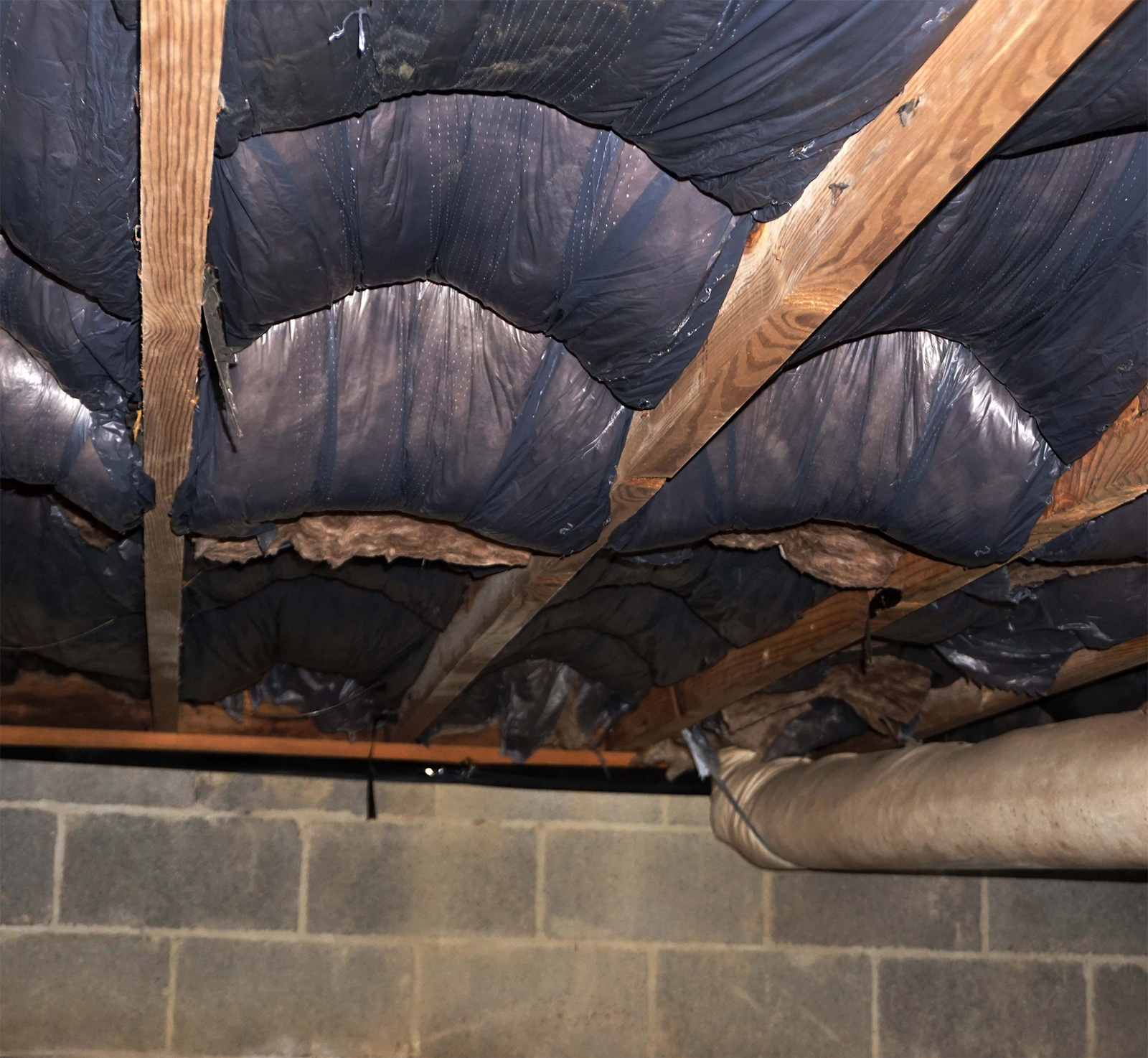Crawl Space Insulation
You probably already know that it is important to insulate your home, because it helps you stay cool in the summer and warm in the winter. It is also important to insulate your crawl space. While this isn’t part of your living space, it does greatly benefit your overall comfort, not to mention your energy bill. There are a few different options when it comes to crawl space insulation. Here are some of the benefits of insulating your crawl space, and a bit of a summary about the different types of insulation. The team at Tidewater Home Improvement is very knowledgeable so please don’t hesitate to give us a call with any questions you might have.
Insulating your crawl space should be at the top of your To-Do list this year. Save yourself money, help your home run more efficiently, and live in comfort. Determining what type of insulation to go with can seem like a difficult choice, based on your budget and the layout of your crawl space. Give Tidewater Home Improvement a call today and let us help you decide which option is best for your crawl space.

Benefits
Energy Efficiency: in order to keep your home cool in the summer or warm in the winter, you want your HVAC unit to work as efficiently as possible, while using the least amount of energy possible. Not only is this good for the environment, it’s also good for your wallet. A system that runs efficiently uses less energy, which results in a lower energy bill at the end of the month. So what does crawl space insulation have to do with energy efficiency? If your crawl space isn’t insulated, you are basically just leaking air through your floor into the outdoors. An insulated crawl space will prevent your heated or cooled air from leaking outside, making your home a nice little pocket of comfort. So while your living space and attic areas may be insulated, make sure your crawl space is too, to achieve optimal energy efficiency.
Extended HVAC Lifespan: An energy efficient home also saves you money in the long run because it means your HVAC is not having to work as hard, and this extends the life of your HVAC system. So instead of having to buy a new HVAC in 10 years, you won’t have to for 15 or 20 years, and that’s more money in your pocket.
Improved Air Quality: If you choose to go with a ventilated crawl space, a ventilation system will be included. Although it is part of the crawl space, it will still improve the air quality in the living space of your home. Instead of dust, pollen or other allergens leaking in through your floors (just as cooled or heated air can leak out), the ventilation system will remove most of those airborne irritants, which makes the air you are breathing healthier. This is great for everyone, and especially if you live in a home with someone who has respiratory issues.
Types of Crawl Space Insulation
Rigid Foam: rigid foam are panels that are installed around the crawl space and insulate the area. These are a great option because they create a vapor barrier to prevent moisture from getting in and are waterproof. They are also on the lower end of price and generally mess free. The only downside is that they don’t expand like other foam options, so if you have a weird angle or gap, it would be difficult to have a rigid foam panel fit the space.
Fiberglass Batt: the traditional insulation used, which you’ve probably seen in older homes, are fiberglass batts. It is usually made of pink or yellow material that looks somewhat like cotton candy, and is just laid between the floor joists. There are a few benefits to this insulator – it’s easy to get, inexpensive, and easy to install. However, it’s not a great option in the long run. It is less effective at insulating, with a low R-value (the scale used to rate insulation). It is also rendered useless if exposed to moisture, and can be a place where mold and mildew grow.
Don’t let a minor problem become a major problem
